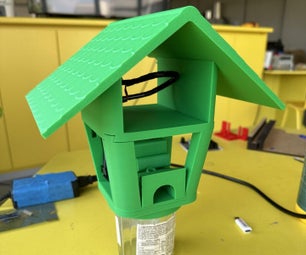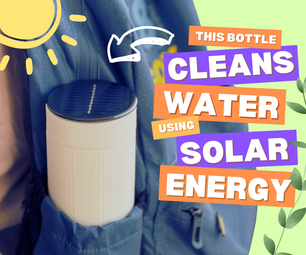Introduction: Simple and Small Full-bridge-rectifier
In this instructables I show you how tu build a super simple full bridge rectifier.
If you have an AC power supply, but you need a DC Voltage, you can simply take this rectifier, connect it to your AC power supply and you are done.
Also: If you´ve already earned some skills You don´t need to follow the steps in the exact sequence. I´ve uploaded the schematic to allow skilled people to design the board on their own.
Step 1: Things You Need
Parts:
2 screw connectors
solder
a 1000µF capacitor
a small piece of perfboard
and a bridge rectifier
Tools:
soldering iron
pliers
screwdriver
Step 2: The Schematic
The schematic is quite simple just make sure you connect the capacitor the right way arround otherwise it may burst.
Step 3: The Output
Take your connector and solder it to one end of the perfboard.
Now take your capacitor and solder it parallel to the connector.
Step 4: The Rectifier
Take your bridge rectifier and put it next to the capacitor. Make sure that the + and the - output are parallel to the pins of the capacitor.
If you use an electrolytic capacitor, doublecheck the polarity.
Now bend the wires of the bridge rectifer as shown in the pictures.
After bending the wires solder the output wires of the bridge rectifier to the capacitor and the screw connector like shown on the pictures.
Step 5: The Input
Now take your second connector and place it next to the bridge rectifier and solder it in place.
After that it is easy to connect the wires of the rectifier to the pins of the connector. Just make sure, the two wires don't touch each other!
Now you are done !
Now you can easily connect an AC power source to the input of your rectifier and you will have DC on the output.











